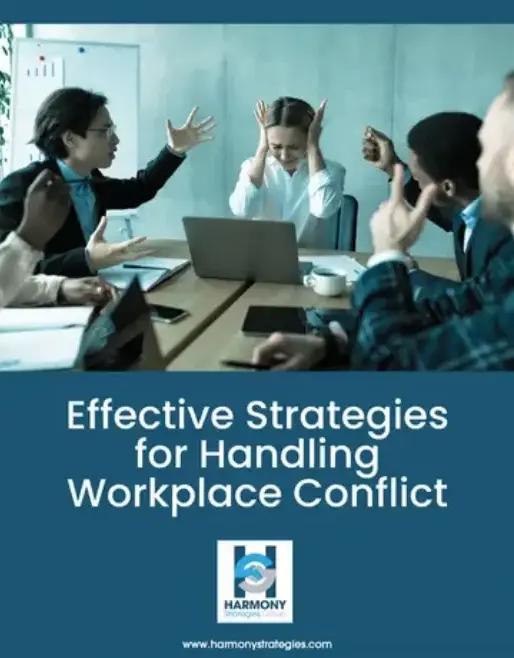Effective talent is the engine of business success, yet inherent risks within our interactions can silently erode an organization’s potential. Human Capital Risk, stemming from the unpredictable nature of workplace dynamics, can significantly impact your ability to achieve objectives, goals, and your very mission. These risks can manifest in high turnover, inefficiency, poor financial health, and low morale.
If disputes within an organization remain unaddressed, they can escalate into significant levels of toxicity, ultimately compromising the corporation’s reputation, hindering its operational effectiveness, jeopardizing regulatory compliance, and threatening its overall sustainability.
The Warning Signs: Key Indicators of Human Capital Risk
Several key indicators can signal the presence of significant Human Capital Risk within your organization:
- Poor Communication: Breakdowns in communication, whether within or between departments or individuals, create misunderstandings, inefficiencies, and fertile ground for conflict. This often leads to a significant loss of productivity and can rapidly erode trust, directly impacting team cohesion and overall output.
- Sudden or Extreme Changes: Unmanaged or poorly communicated organizational shifts can create anxiety, resistance, and disengagement among employees, leading to instability. Without clear direction and empathetic support, valuable talent may seek stability elsewhere, increasing costly turnover and critical knowledge loss.
- Lack of Management or Leadership Skills: Ineffective leadership can result in poorly managed teams, failed collaboration efforts, and an inability to address emerging issues proactively. This directly impacts employee morale and development, fostering an environment where potential is stifled and disengagement thrives.
- Unclear or Unpopular Policies or Processes: Policies and processes that are unclear, perceived as unfair, or poorly implemented can breed frustration, resentment, and decreased productivity. Such systemic issues undermine employee trust in leadership and can even expose the organization to compliance risks if left unaddressed.
- High Levels of Workplace Incivility and Disrespect: A lack of professionalism and respect in daily interactions creates a toxic environment, leading to stress, disengagement, and increased turnover. This erodes psychological safety, making employees hesitant to speak up or innovate, and ultimately driving top talent away.
The Far-Reaching Impact of Unmanaged Risk
The consequences of ignoring Human Capital Risk extend beyond individual dissatisfaction. These risks directly compromise your business by:
- Damaging employee morale, trust, and collaboration.
- Tarnishing your company’s image as an employer and business partner.
- Increasing inefficiencies, errors, disruptions in workflows, and talent loss.
- Undermining the effectiveness and acceptance of organizational guidelines.
- Potentially leading to litigation and failures to meet regulations.
Mitigating the Risks: A Proactive Approach
Effective risk management starts with visionary leaders who are proactive about tackling issues early. Identifying and assessing areas of weakness is crucial, along with open communication with senior executives to determine the best courses of action. This isn’t just a crisis response; it’s about cultivating an environment where potential issues are recognized and addressed before they escalate. Implementing solutions that protect the organization’s reputation, improve productivity, and increase team performance is key to mitigating Human Capital Risk. This involves continuous monitoring of employee sentiment, fostering a culture of psychological safety where concerns can be voiced without fear, and investing in preventative measures like conflict resolution training and robust employee development programs.
Don’t let the unpredictable nature of human interactions silently undermine your organization’s success. Recognizing the indicators of Human Capital Risk and taking proactive steps to mitigate them is crucial for fostering a more resilient, productive, and thriving workplace. Transforming these potential vulnerabilities into sources of strength requires a dedicated approach to understanding and nurturing your workforce. If you’re looking for expert guidance in identifying and addressing these risks within your organization, consider exploring Human Capital risk assessments and solutions to help safeguard your most valuable asset and ensure sustainable growth for years to come.
Tools & Resources
To further understand and strategically elevate the focus on Human Capital Risk within your organization, explore this insightful article from Deloitte Insights titled ‘Elevating the focus on human risk.’ It highlights why C-suites and boards must prioritize the human element for overall business resilience and success.

